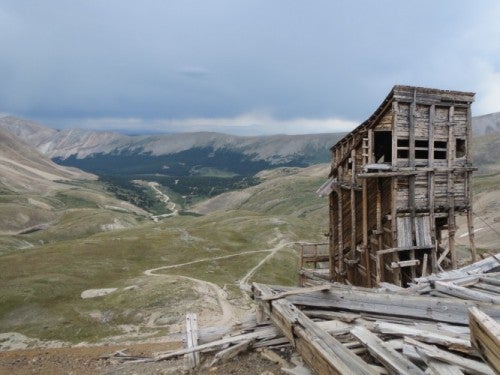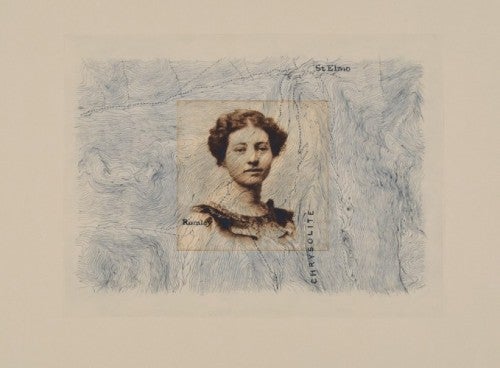Re-Imaging Women in Colorado History
Through her “Human Imprint” project, art professor Sarah Gjertson explores the role of women in Colorado mining towns
Over a decade ago during a backcountry camping trip, Sarah Gjertson happened upon the remains of one of Colorado’s early mining settlements. Standing among the handcrafted wooden structures that had been there for more than a hundred years, she wondered who the people were who had built them by hand and had worn the shoes whose soles remained on the ground. She couldn’t have imagined then that her initial curiosity would evolve over the next several years into an extensive project involving printmaking, photography and sculpture that utilizes found objects.
In the years that followed that first adventure, Gjertson, an associate professor at the School of Art and Art History, continued to take camping trips but began to orient them around finding more of these historic mining sites. “I’m a sentimentalist,” she says. “I’m fascinated by nostalgia and our interaction with nostalgia, how it compels us to want to learn things. When I started being present at these places, I just wanted to know more. I felt like I was standing in a living museum, which was a much more potent experience once I began to uncover the histories of these sites.
Her casual interest soon became a serious research project about the role of women in the late 19th and early 20th centuries. “It really evolved into understanding the role of women at this time in the American West which is so highly mythologized,” Gjertson says. “What we usually hear about are the madams and the bordellos and the prostitutes, but there were also so many other women who contributed to those places whose histories are unknown.”









